Marketing is an ever-evolving industry. Companies are constantly churning out new ad campaigns and taglines to make themselves heard. As such, it is common for some of them to make marketing mistakes.
Severe or not, these blunders can damage a brand’s reputation. No business wants to do that. It is not worth offending loyal and potential customers for an advertising campaign!
You’ve probably heard of common marketing mistakes. Perhaps, you’ve even laughed at the marketing efforts of a product or service. Or, some efforts are so bad they become good for publicity!
But mistakes lead to a positive transformation that benefits brands and consumers. The following article explores the 7 marketing fails that ultimately helped the industry improve!
7 Marketing Fails That Revolutionized The Industry
1. Sony PSP White Poster
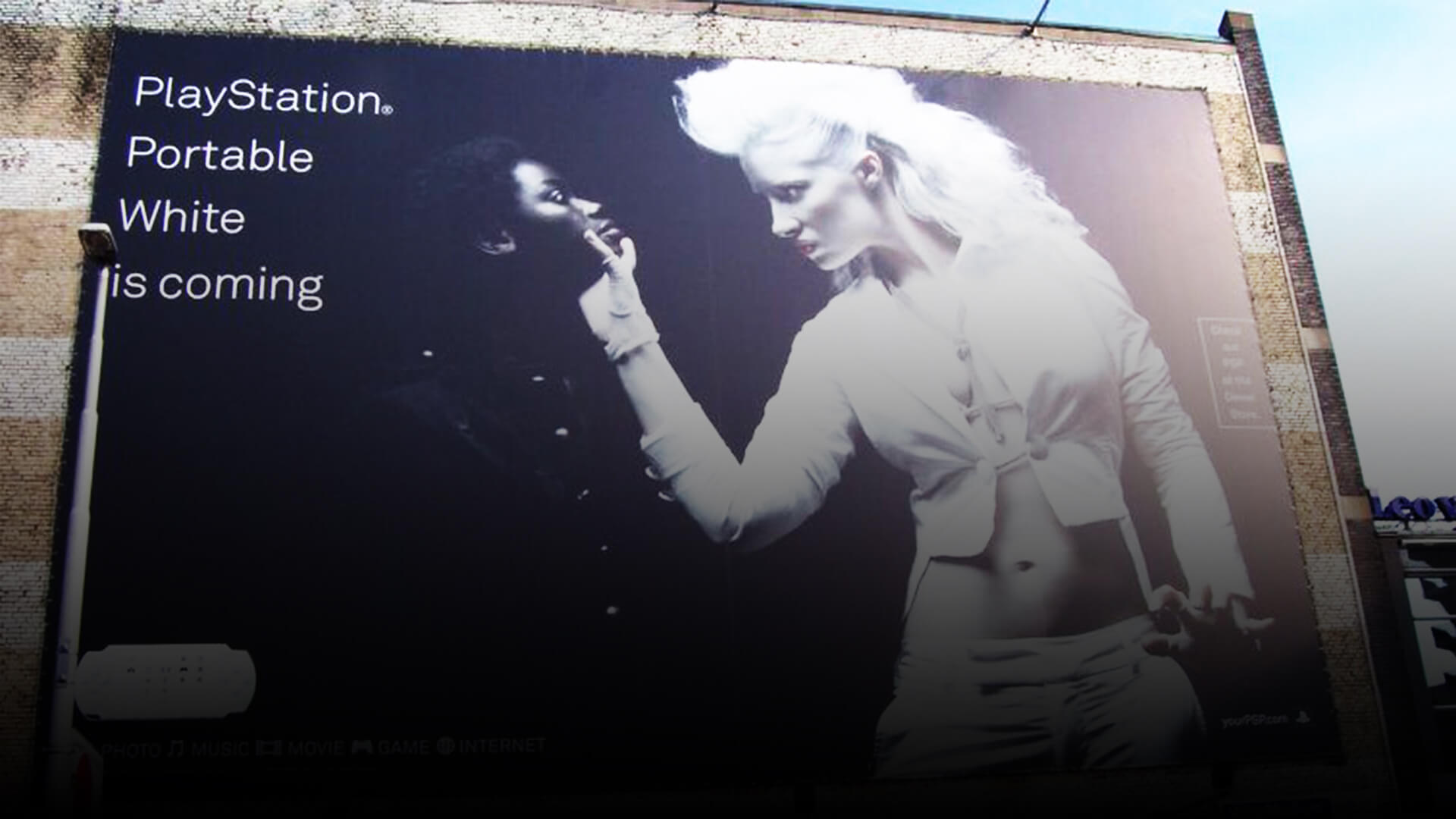
In 2006, Sony released a Netherlands poster featuring a white woman grabbing a black woman’s chin. The tagline read, “PlayStation Portable White is coming.”
Sony explained that it was meant to highlight the color differences between the two PlayStation versions.
However, the poster was immediately criticized for its racist connotations and sparked widespread backlash. Many people called out the advertisement for using racism to sell a product.
Marketing Mistakes to Avoid:
- Be aware of sensitive cultural tropes.
- Avoid using racial stereotypes or offensive imagery in marketing campaigns.
2. Burger King’s ‘Women Belong In The Kitchen’ Tweet

In March 2021, Burger King UK tweeted, “Women belong in the kitchen,” as part of a campaign to promote its scholarship program for female chefs.
The one-liner tweet was intended to be attention-grabbing and empowering for aspiring female chefs. However, it backfired as it was taken out of context. Despite Burger King’s further comments clarifying the purpose of the tweet, the damage had already been done.
Many criticized it for promoting outdated gender stereotypes. It was also tweeted on International Women’s Day, which further fuelled the social media uproar.
Marketing Mistakes to Avoid:
- Avoid using controversial or insensitive language in marketing messages, even if you intend to be provocative, humorous, or attention-grabbing.
- Avoid perpetuating harmful gender stereotypes in marketing messages.
3. Audi’s China Wedding Commercial
This advertising mistake is an excellent example of how important cultural nuances are in marketing.
In 2017, Audi released a commercial in China that showed a bride being physically inspected by her future mother-in-law during a wedding. The commercial compared marrying a bride to shopping for a new car.
Chinese audiences criticized the advertisement for objectifying women and promoting old-fashioned gender stereotypes. Weibo users complained that Audi made misassumptions about traditional relationship dynamics in China. These assumptions were outdated and did not resonate with most people.
Marketing Mistakes to Avoid:
- Be aware of cultural differences.
- Do not assume or over-generalize the social values of your foreign target audiences.
- Avoid perpetuating harmful gender stereotypes in marketing messages.
4. E-Pay 2019 ‘Brownface’ Ad
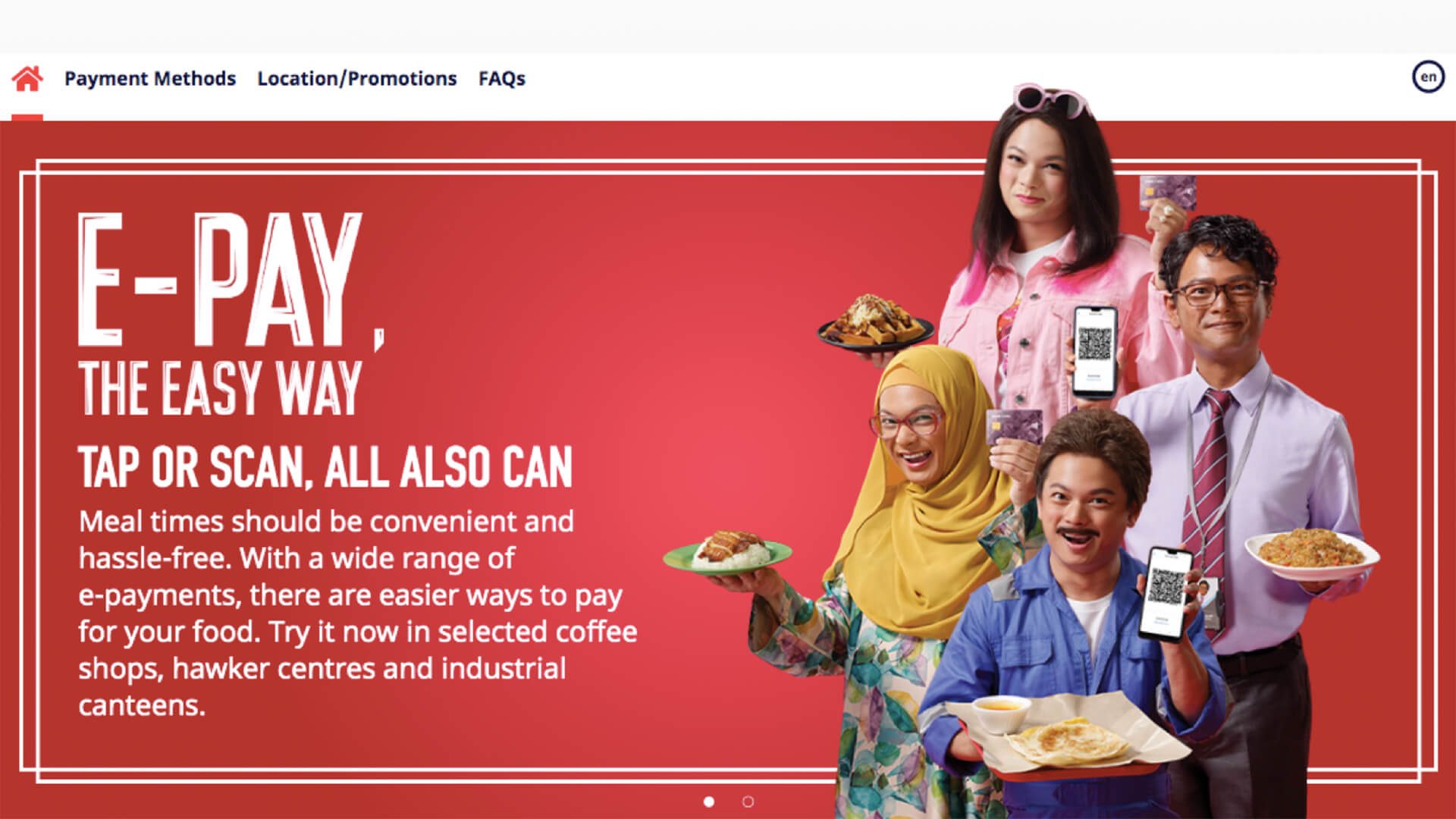
This advertisement was widely discussed in Singapore’s local forums and social media platforms. Local and international news organizations even published articles about it.
In 2019, E-Pay released an advertisement featuring a Chinese actor wearing brownface to promote their mobile payment service. The photograph was meant to depict the four races of Singapore. However, the Chinese actor intentionally darkened his skin tone and donned traditional costumes to portray a Malay and Indian person.
The advertisement was widely criticized for its racist undertones and careless portrayal of ethnic minorities in Singapore.
Marketing Mistakes to Avoid:
- Avoid using racially insensitive imagery or language in marketing campaigns.
- Be aware of how different audiences may perceive your messaging.
- Be authentic and inclusive in your portrayal of diversity.
5. Adidas Boston Marathon Email
In 2017, Adidas sent a promotional email to Boston Marathon participants that included the subject line, “Congrats, you survived the Boston Marathon!”
The email was criticized for being tone-deaf, as the 2013 Boston Marathon had been the site of a terrorist attack that caused injuries and deaths.
Marketing Mistakes to Avoid:
- Be aware of the historical and cultural context of significant events.
- Avoid using insensitive language that might be offensive and trigger audiences.
6. Kendall Jenner Pepsi Ad
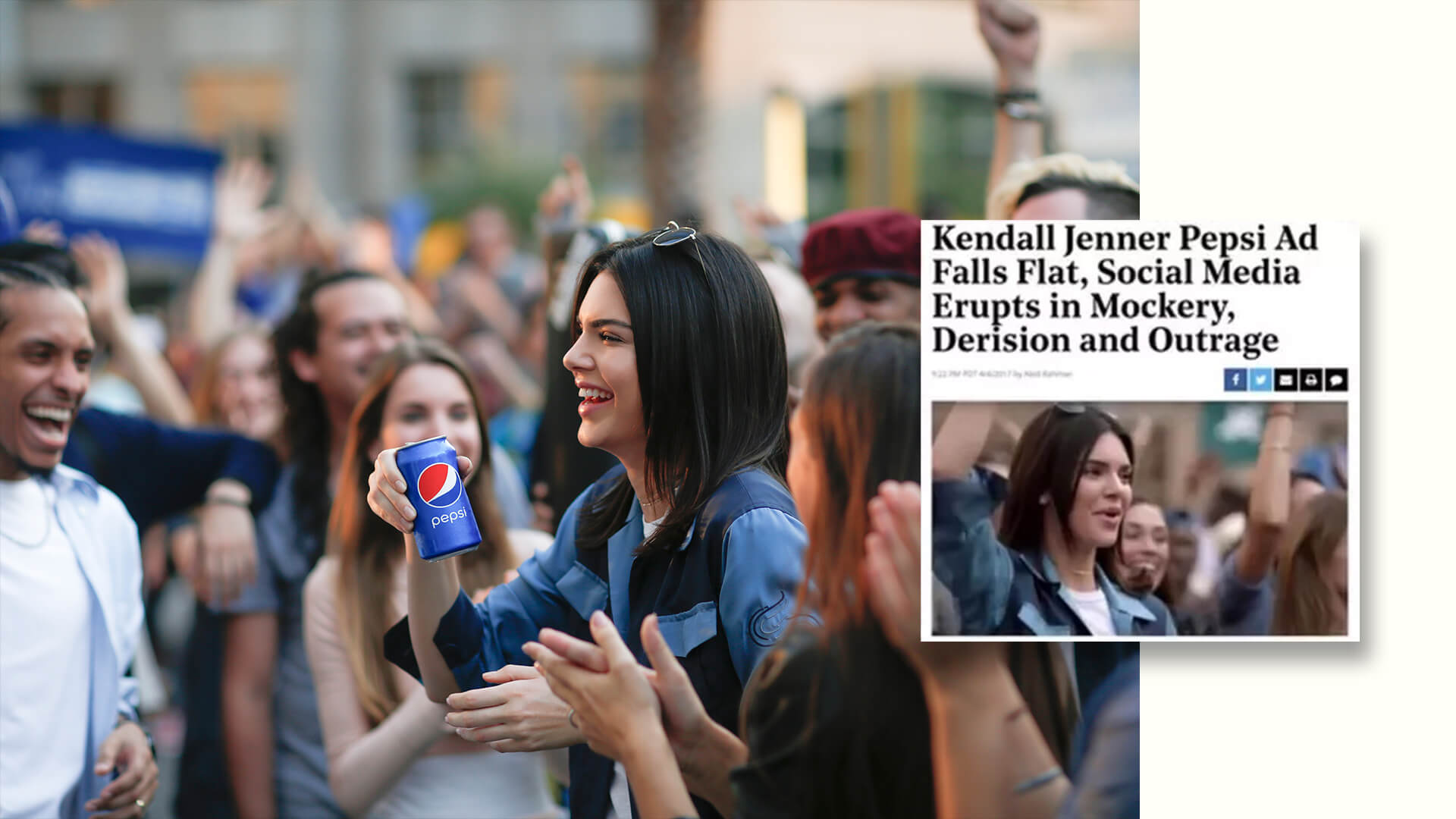
In 2017, Pepsi released an advertisement to promote unity and togetherness. In the video, Kendall Jenner hands a can of Pepsi to a police officer, which stops a street protest.
Many people criticized the advertisement for simplifying complex social movements and erasing the struggles and oppression faced by real-life protestors. Pepsi received backlash for trivializing crucial social justice movements.
Marketing Mistakes to Avoid:
- Be aware of the social implications of your imagery and messaging.
- Avoid using insensitive imagery that downplays and trivializes the real-life struggles of people.
7. ‘Every Singaporean Son’ Publicity Stunt by National Geographic
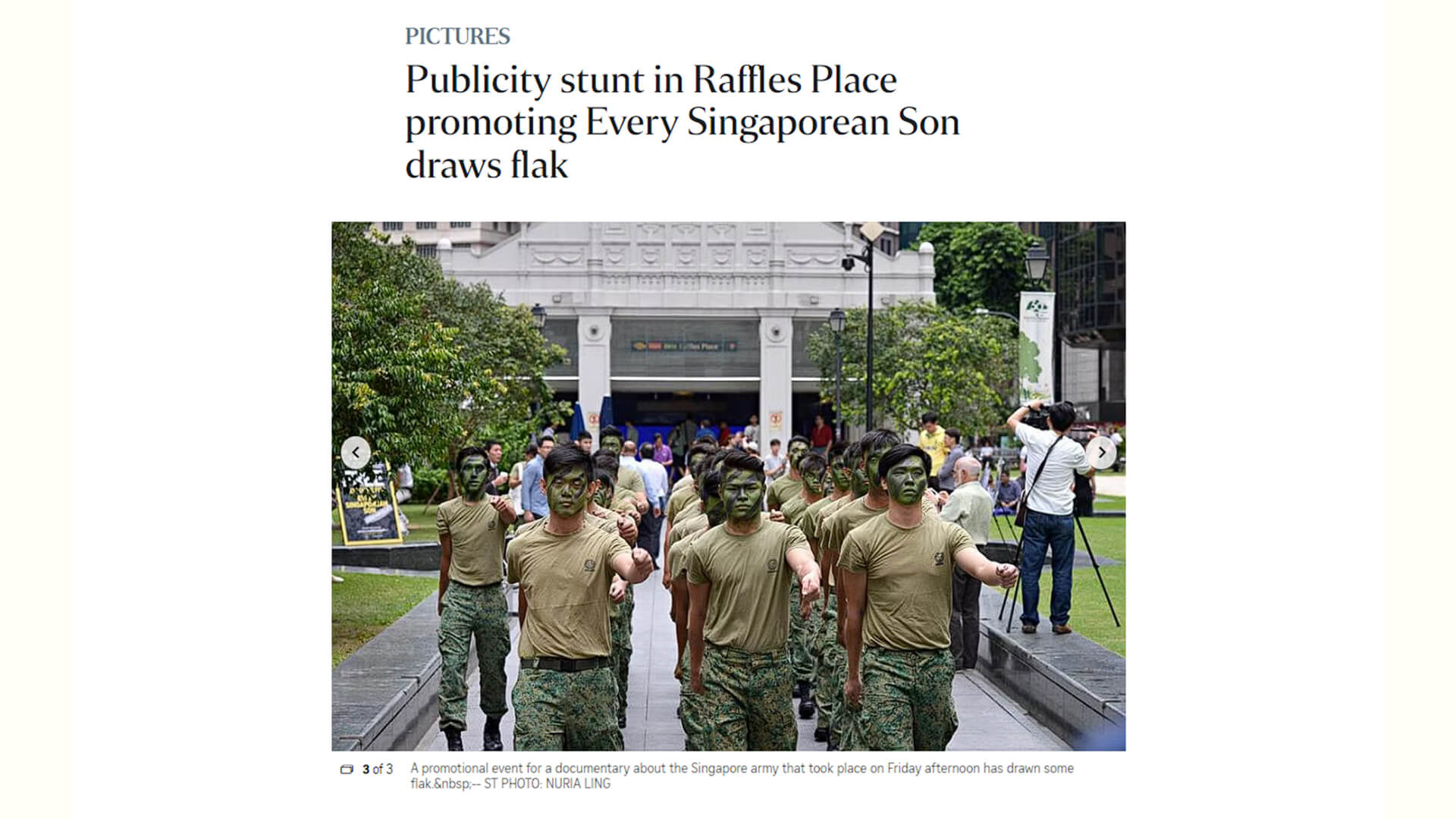
An advertising stunt by National Geographic in Singapore backfired. It was criticized by local netizens and even by the Government of Singapore!
In 2013, National Geographic promoted the second season of “Every Singaporean Son,” a documentary series about the National Service in Singapore.
The company hired local actors to assemble at Raffles Place. These actors were dressed in army fatigues. They portrayed a platoon of conscripted national servicemen. Public members were invited to the podium to shout drill commands to these ‘recruits.’
Netizens immediately criticized the stunt for downplaying the efforts and sacrifices made by conscripted national servicemen. They felt that these ‘soldiers’ were staged for entertainment.
Netizens were not the only ones who expressed their disapproval. The Ministry of Defense (MINDEF) stated they were unaware of this stunt. They condemned the improper and unapproved usage of the Singapore Armed Forces uniforms for an advertisement.
Marketing Mistakes to Avoid:
- Be aware of the social and cultural meanings of nationally-significant events in foreign countries.
- Seek approval from well-informed parties or authorities to ensure no sensitive or restricted imagery is used.
A Quick Summary
Marketing fails we have observed can serve as valuable lessons for other brands, showing them what to avoid in marketing campaigns.
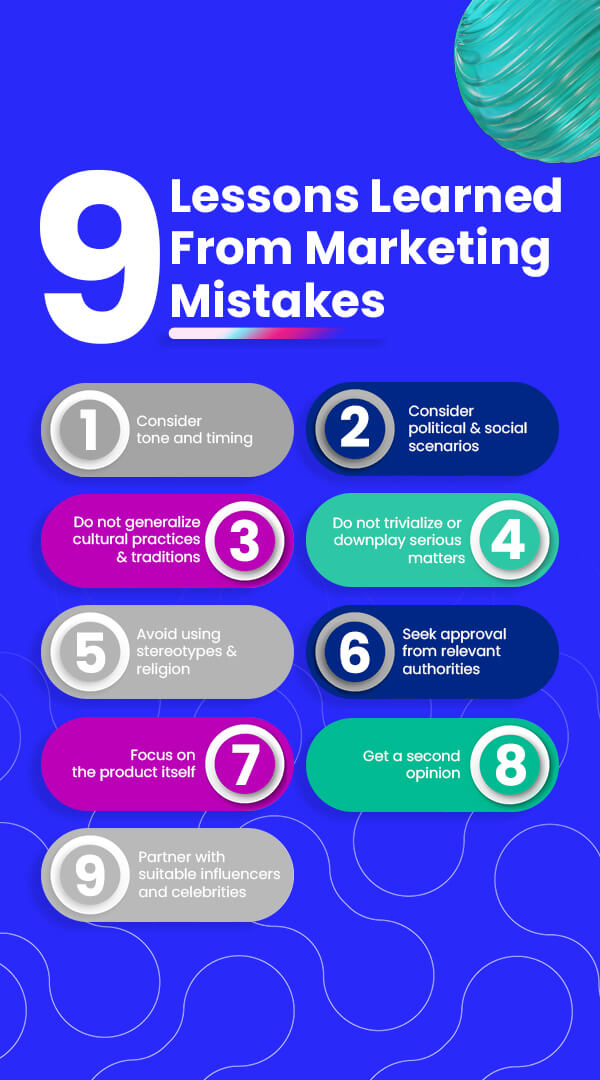
- Consider tone and timing
- Consider political and social scenarios
- Do not generalize cultural practices and traditions
- Do not trivialize or downplay serious matters
- Avoid stereotyping and affiliating religion to sell your products
- Seek approval from relevant authorities
- Be creative but remember to set the focus on the product
- Be open to receiving opinions prior to publishment
- Exercise caution when choosing to collaborate with influencers and celebrities
Marketing Mistakes can significantly affect your brand. Although these mistakes have negative consequences, they help the industry improve and evolve.
Remember these lessons as you strive to create authentic, impactful, and empowering marketing campaigns!

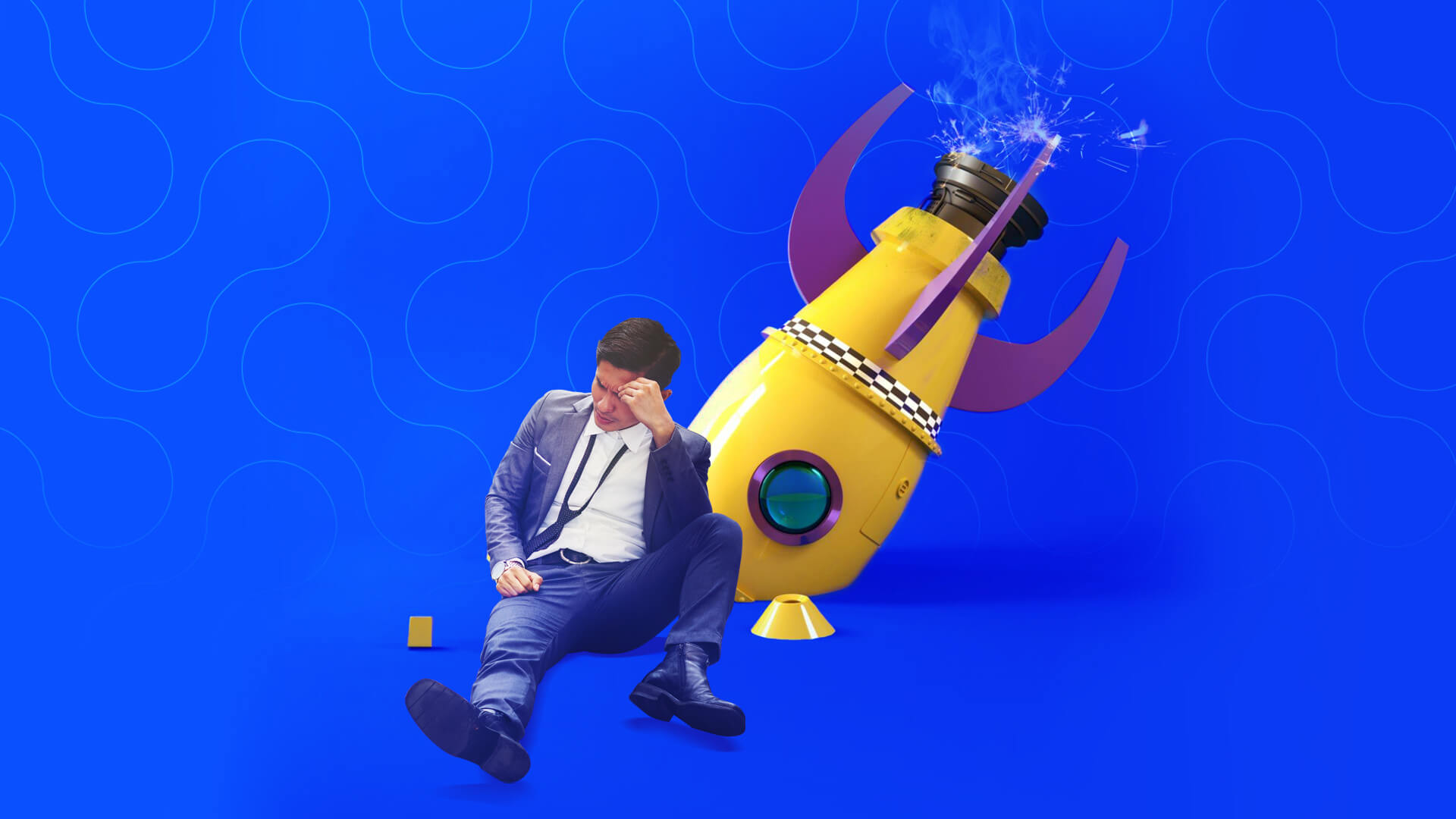
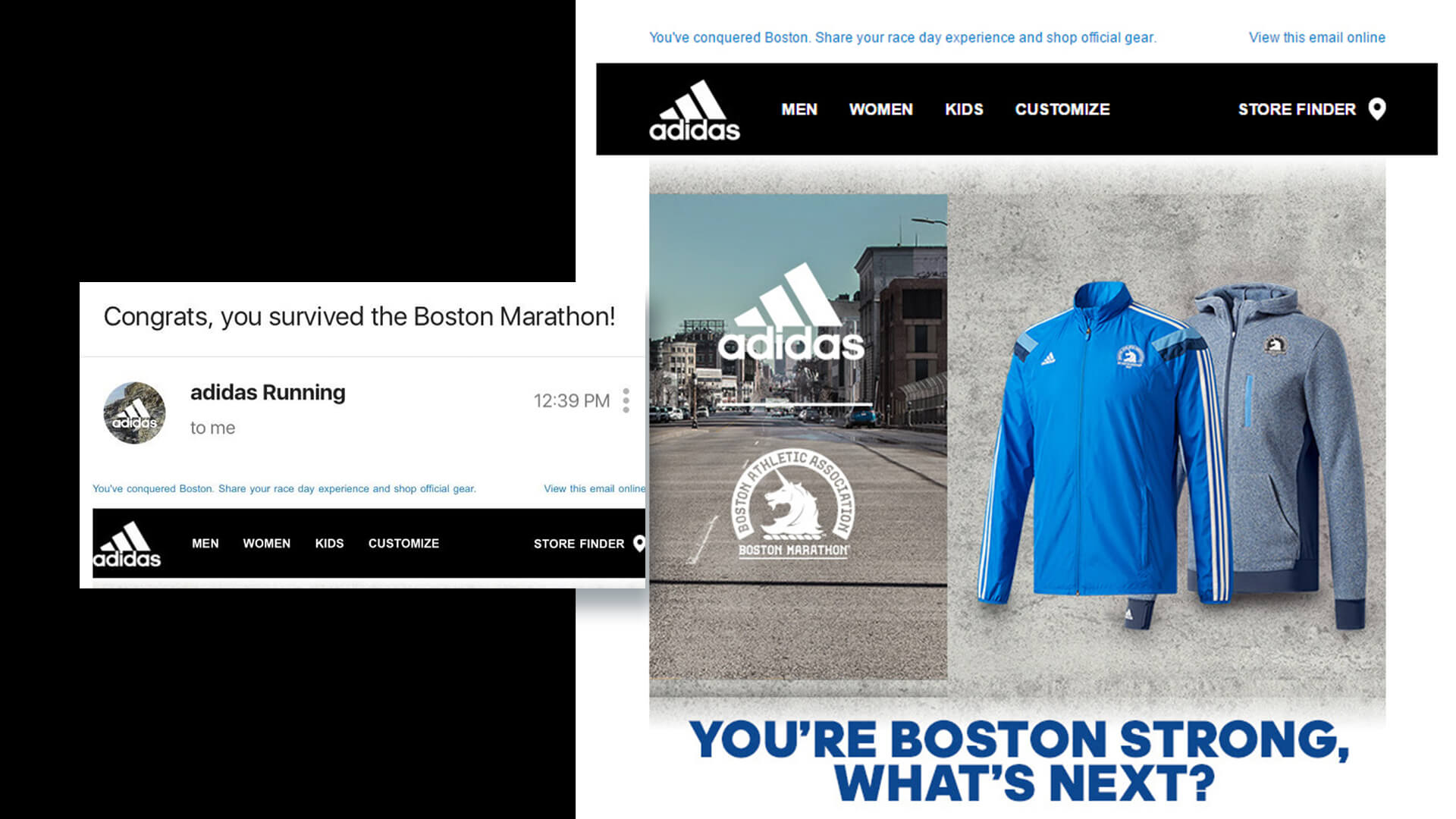

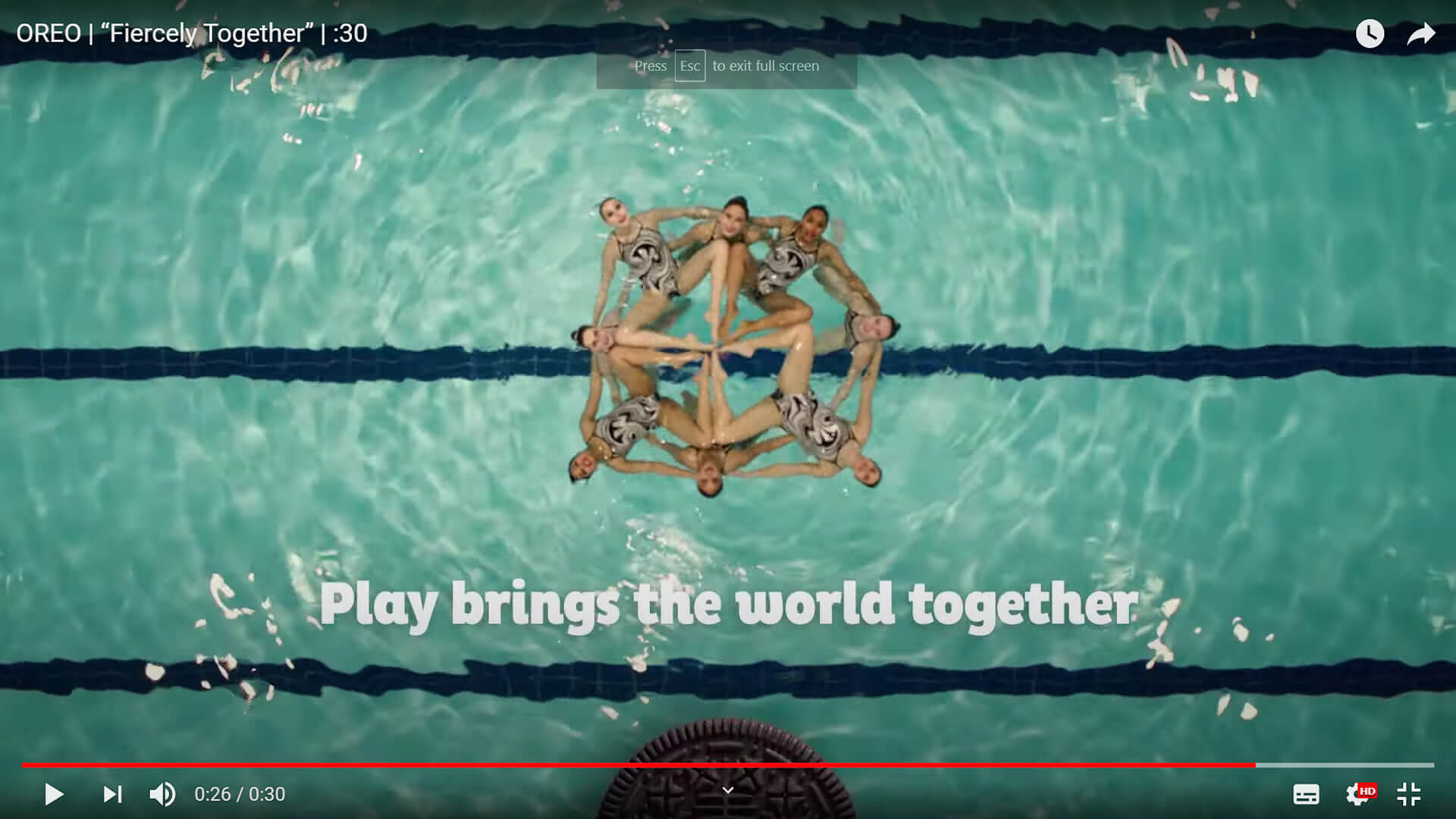
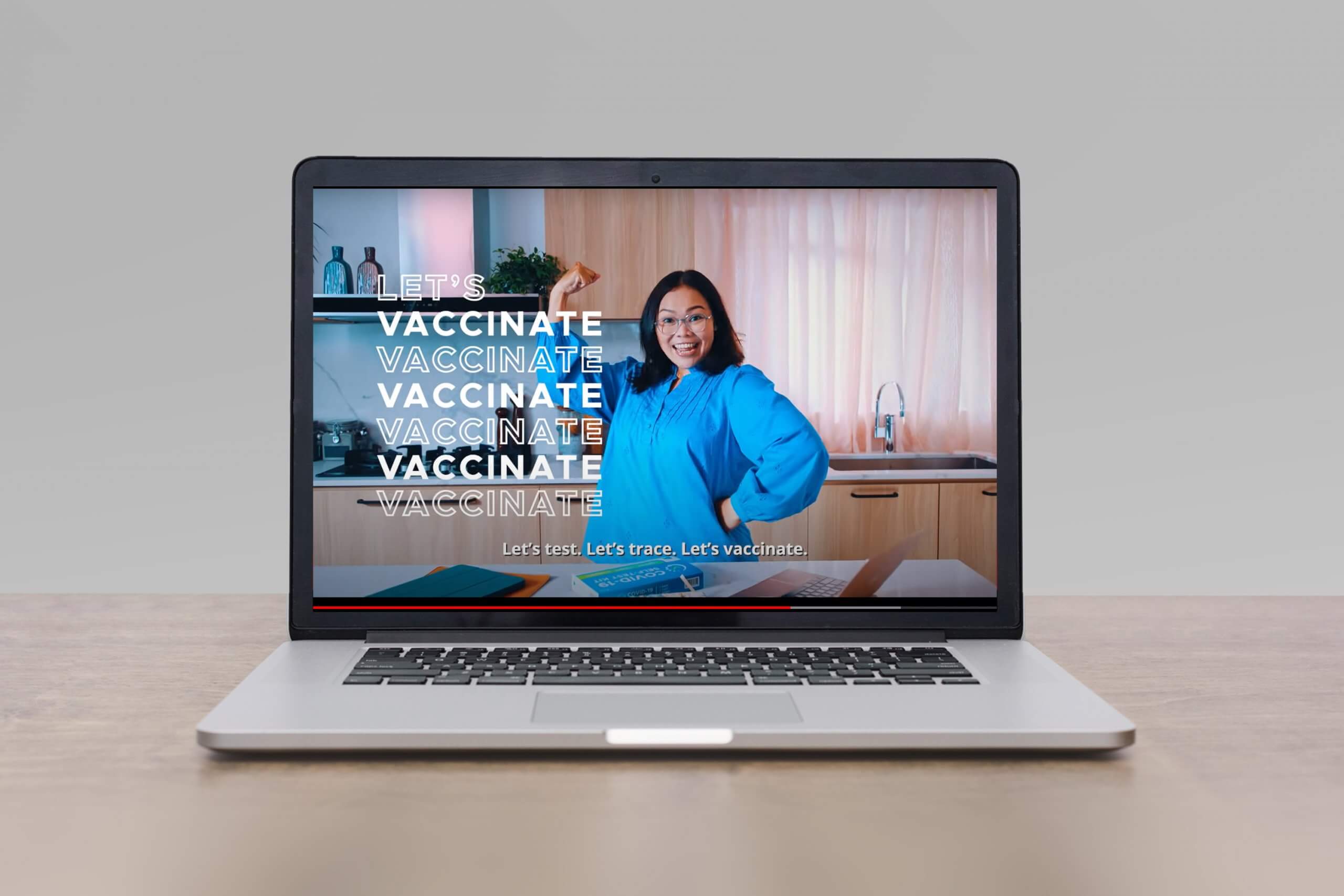

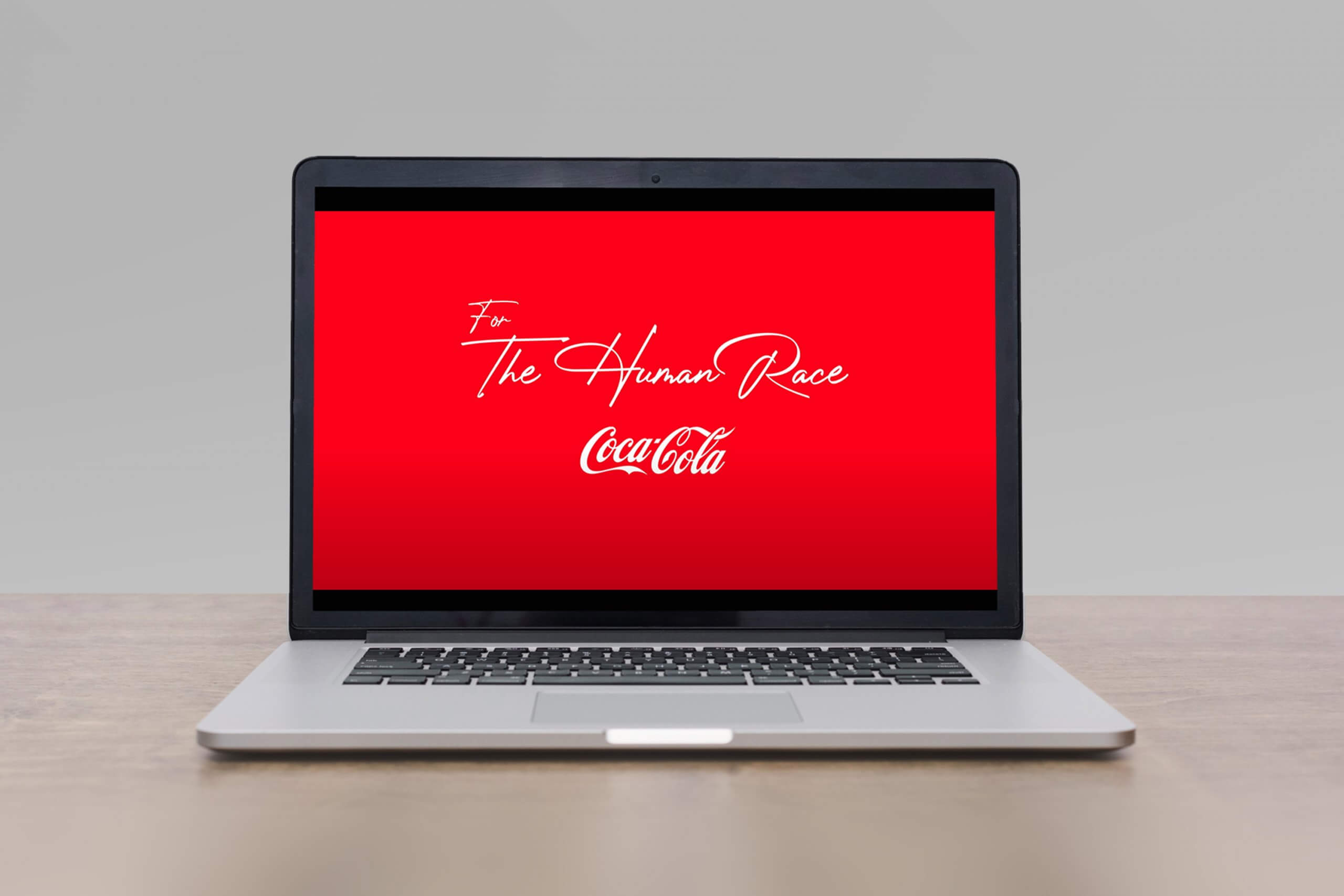
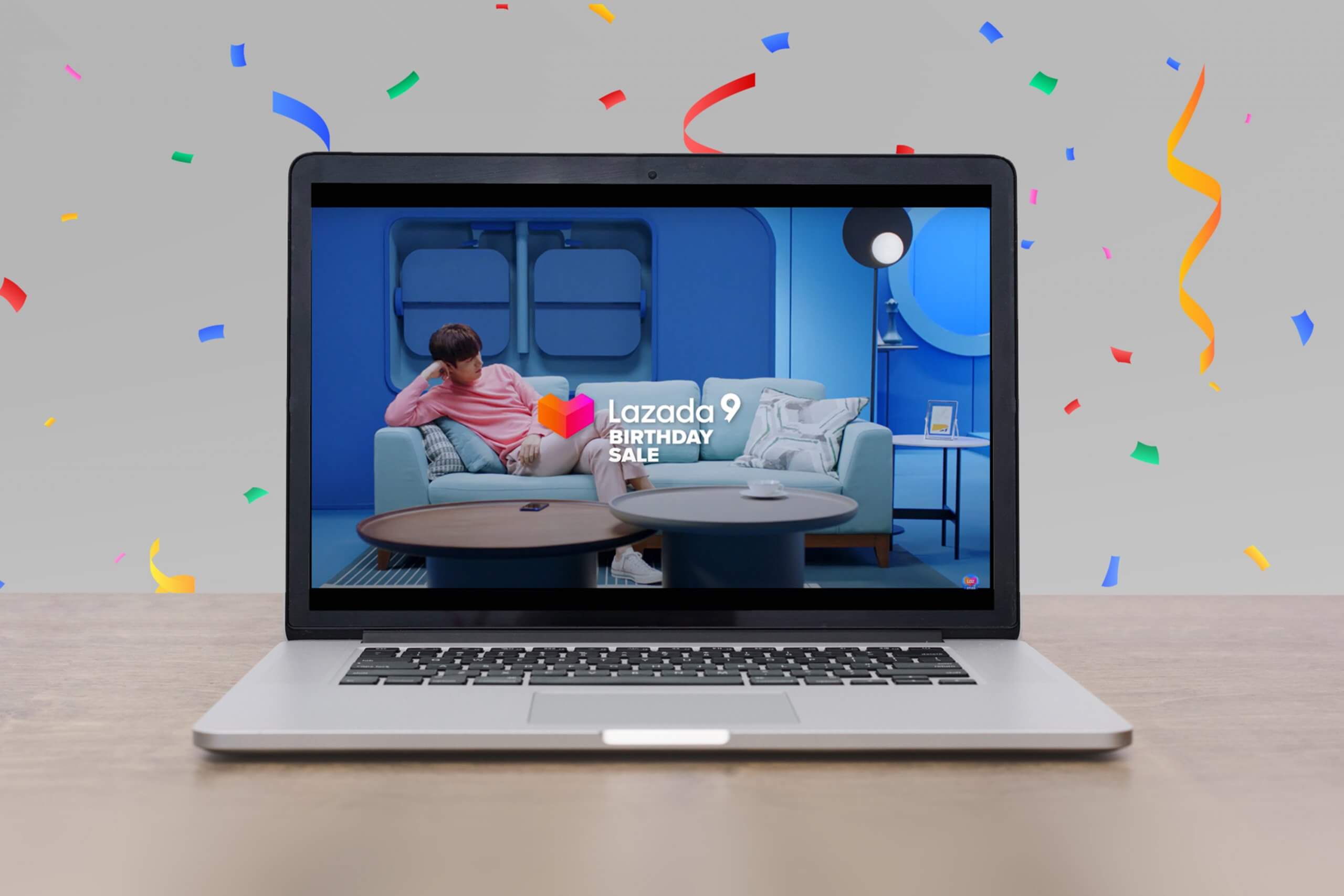

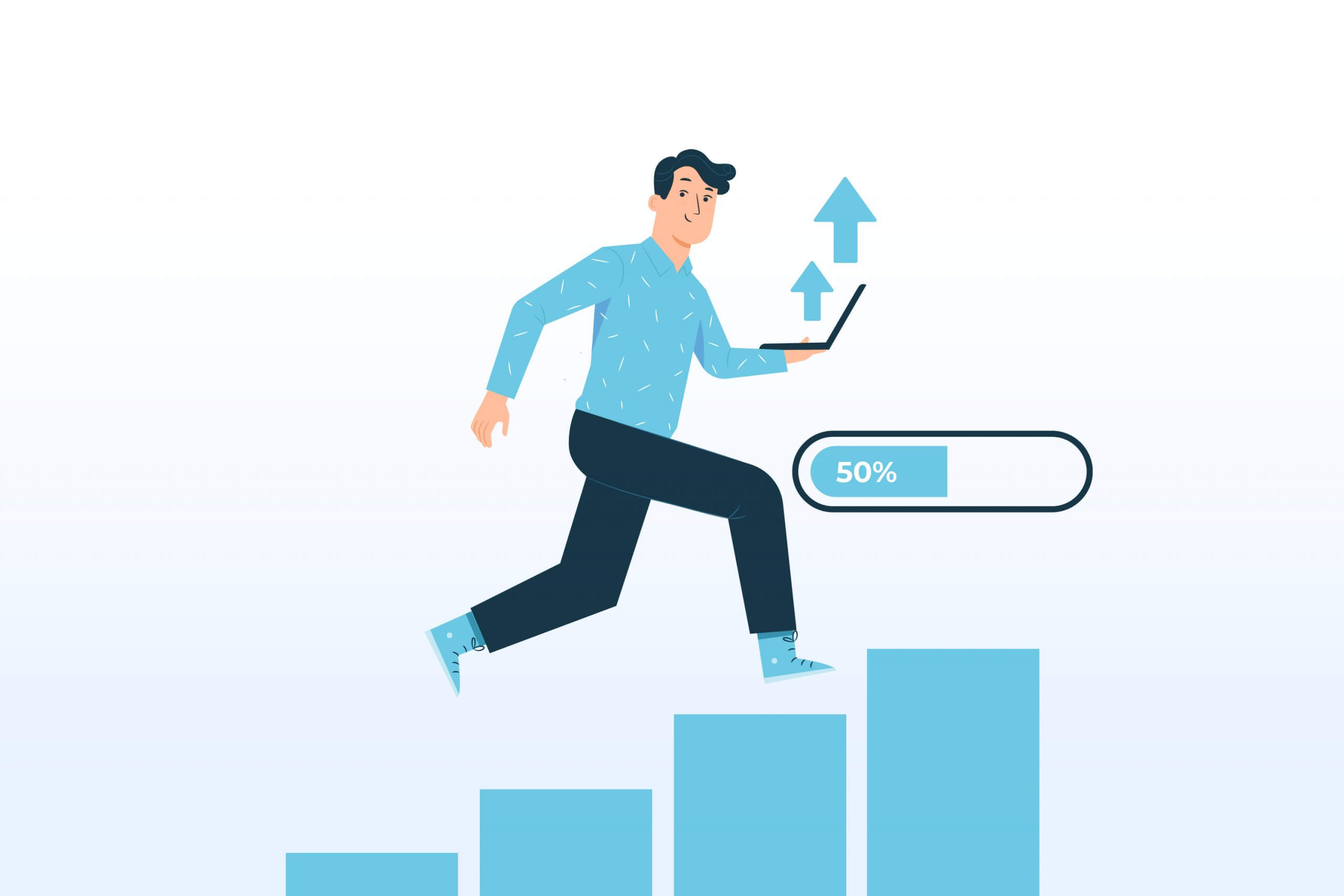
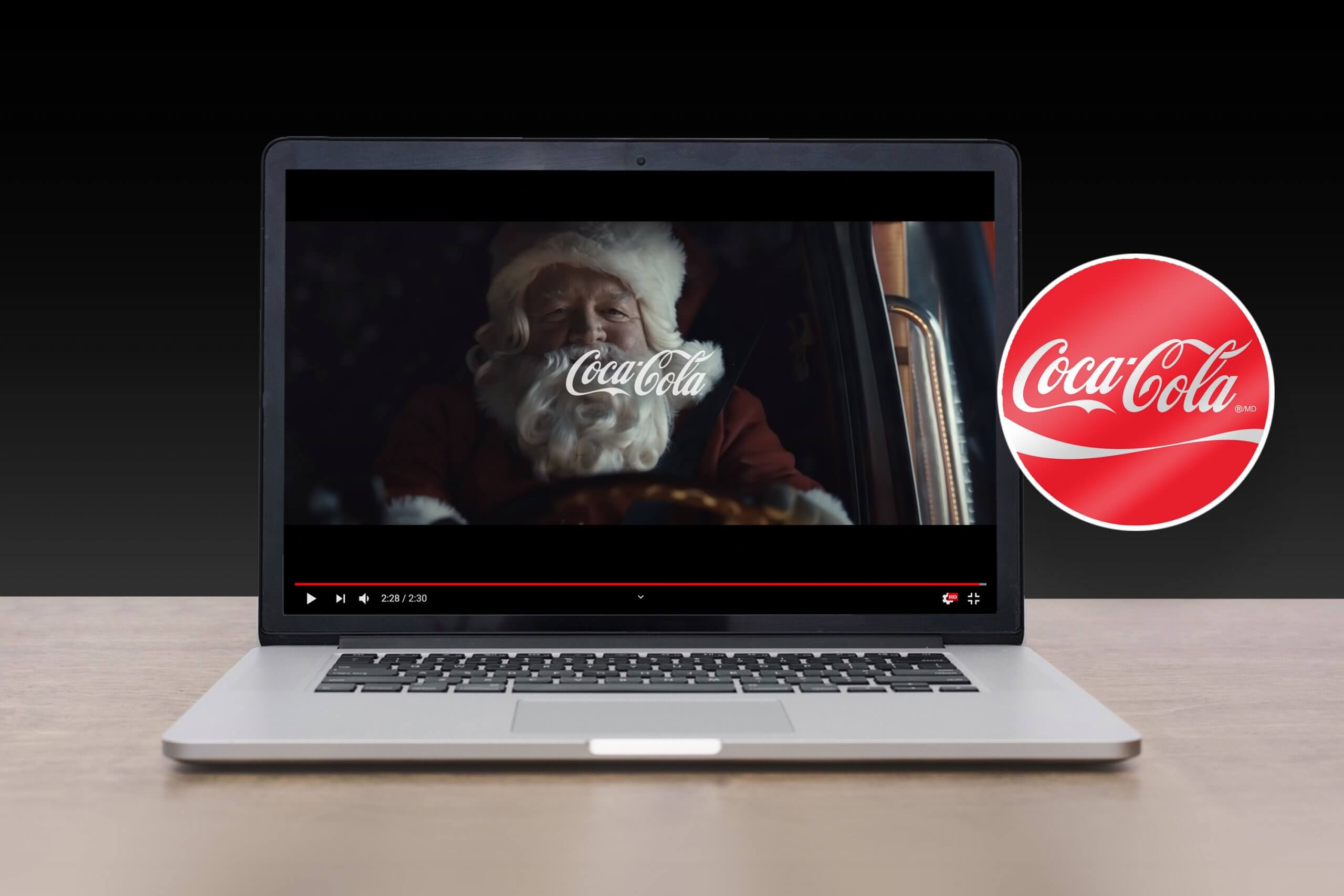
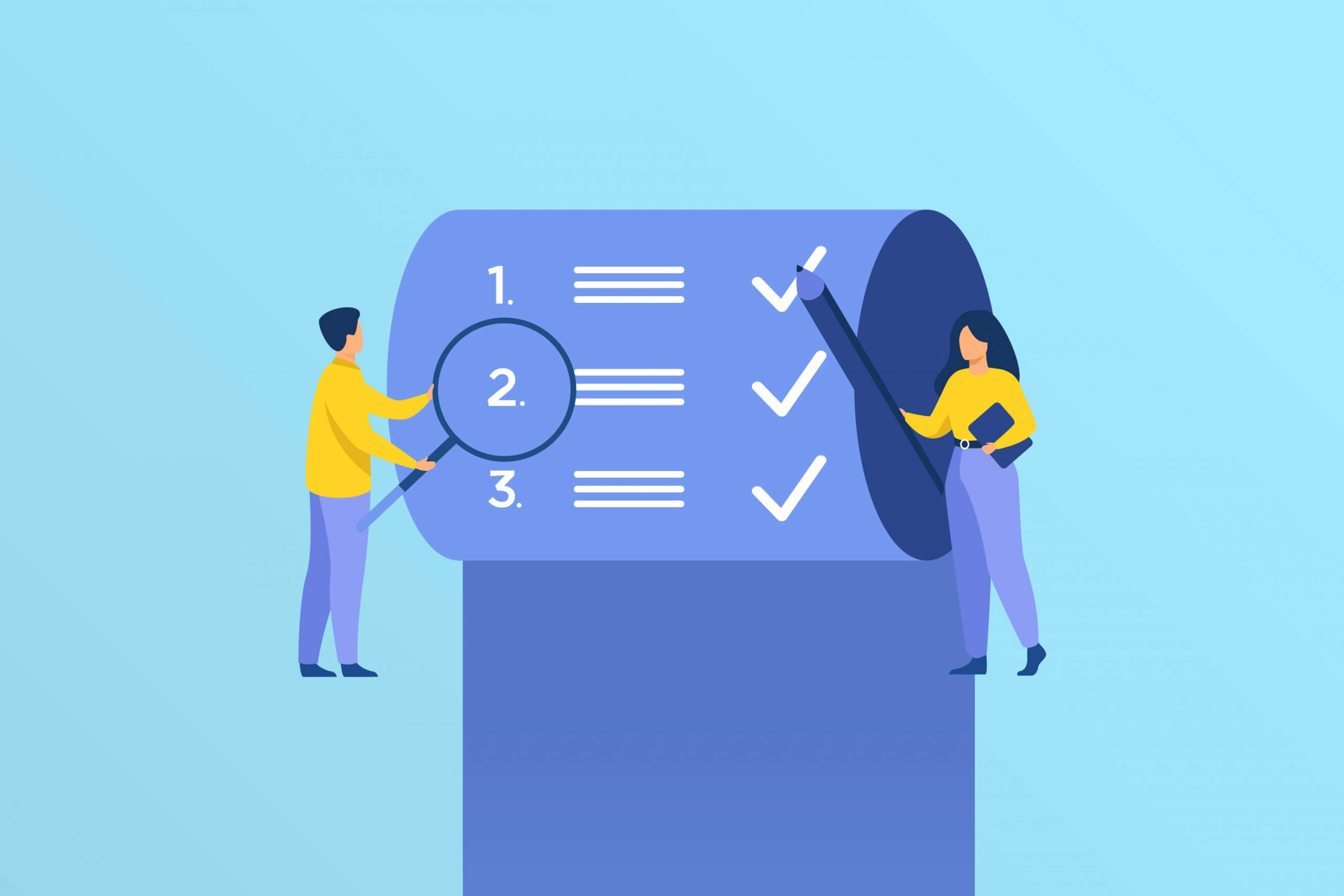



 Branding
Branding Digital Strategy
Digital Strategy PR & Communications
PR & Communications